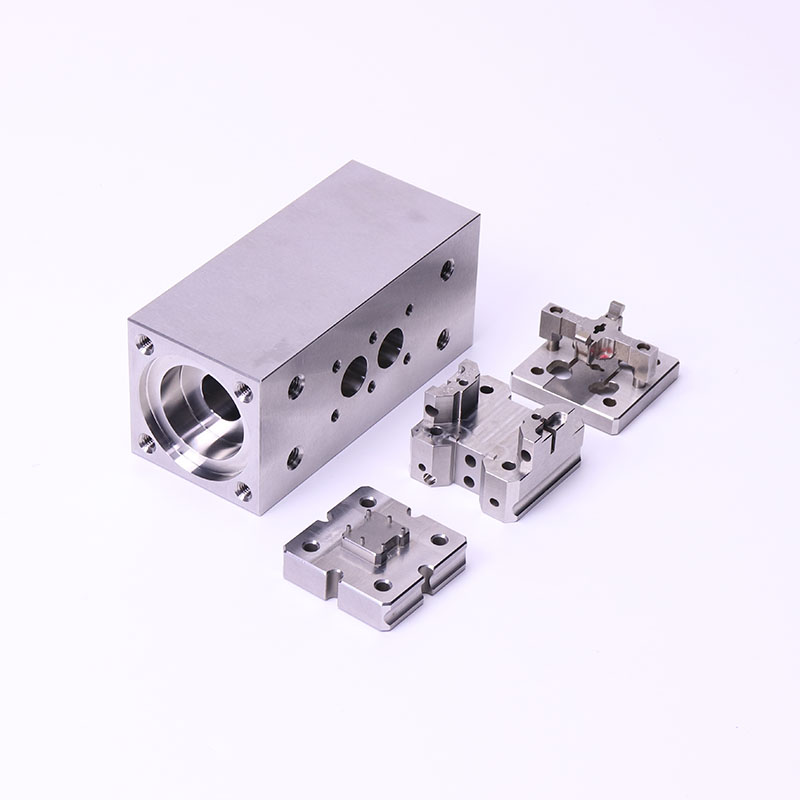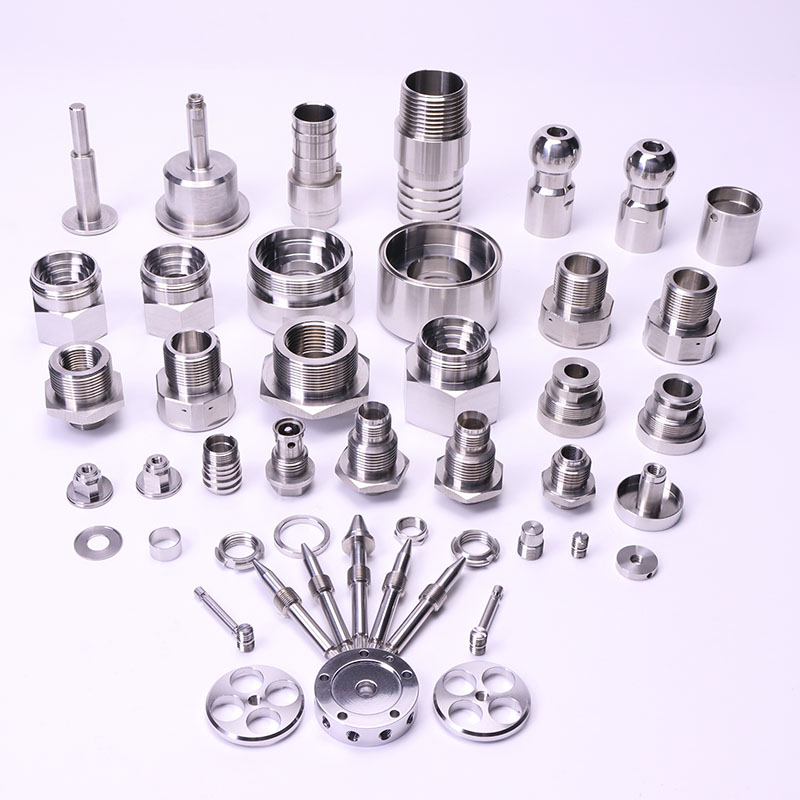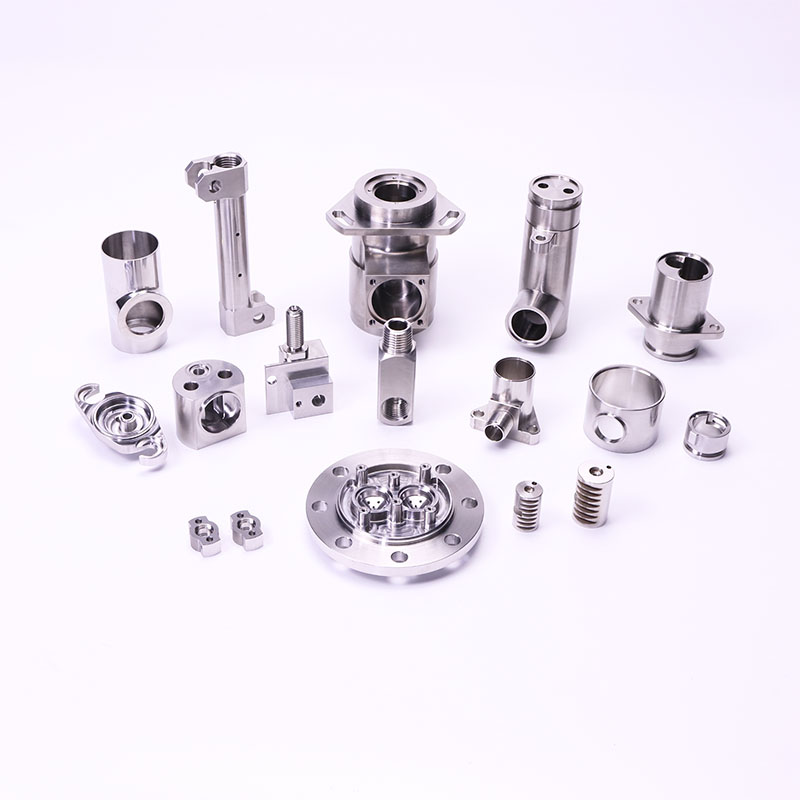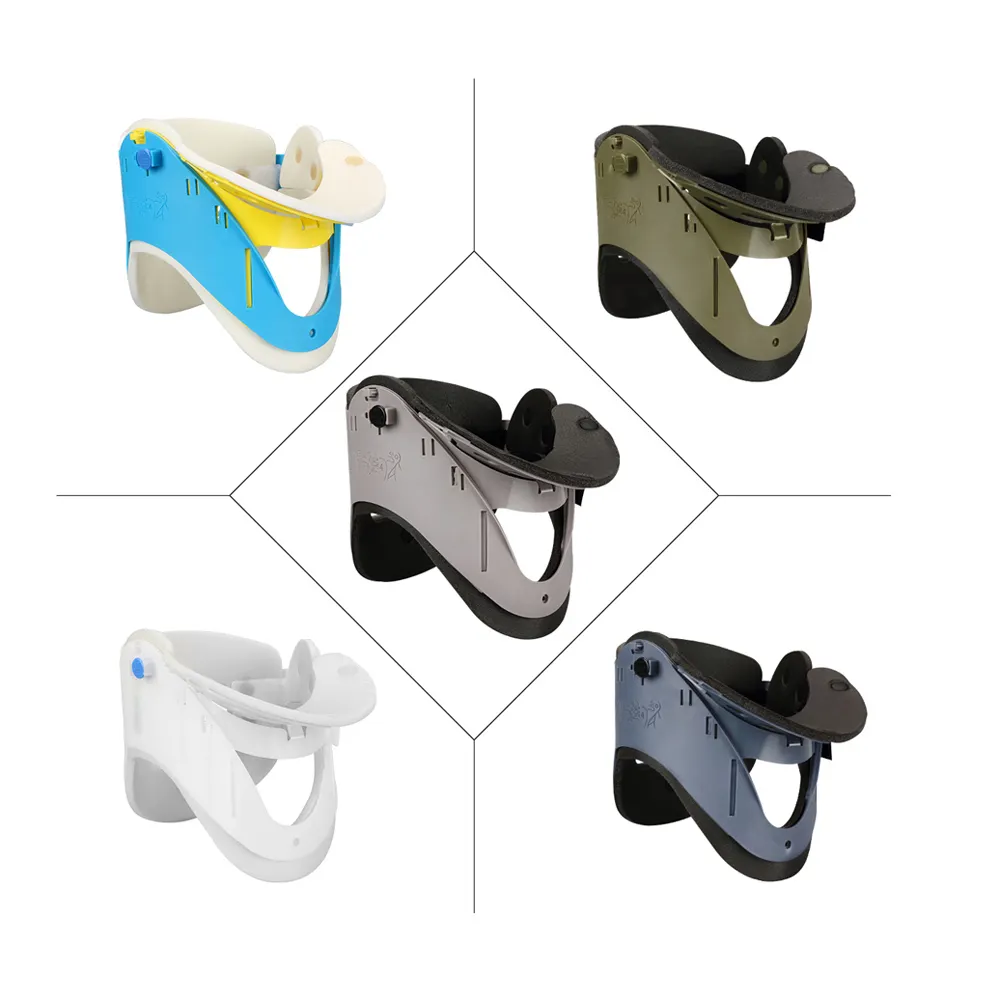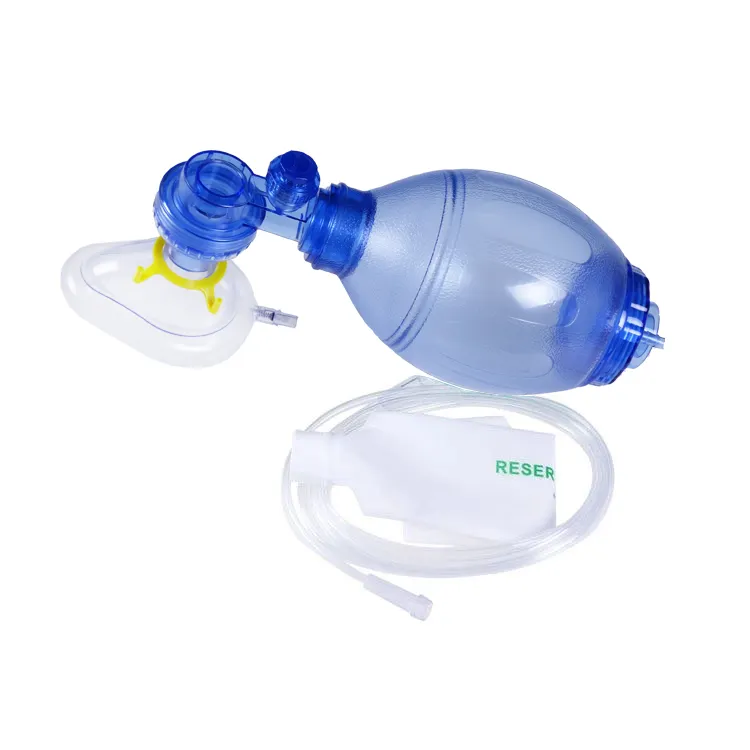Balancing Cost, Precision, and Efficiency in Manufacturing Applications
Abstract
The evolution of CNC machining has transformed the manufacturing industry, enabling the development of affordable robotic systems that balance cost, precision, and efficiency. This article delves into how CNC machining contributes to modern robotic systems' growth, offering insights into overcoming the challenges of precision and cost. With real-world examples from China and the U.S., this analysis sheds light on future trends in affordable automation for various industries.
1. Introduction
Manufacturing has always been at the heart of economic development, but as industries shift toward automation, the demands for precision, speed, and cost-efficiency have intensified. Central to this transition is CNC machining—a technology that has revolutionized how we think about producing components with high accuracy and consistency. Combined with robotic systems, CNC machining is now driving the rise of affordable automation solutions, especially in industries like automotive, aerospace, and electronics.
In this article, we explore how CNC machining, when integrated with robotic technologies, creates a transformative force in manufacturing. By examining the balance between precision and cost, we address common industry challenges and look at real-world applications where automation is making significant strides.
2. The Role of CNC Machining in Robotic Manufacturing
CNC machining is an automated manufacturing process that uses pre-programmed software to control the movement of machinery and tools. This technology ensures precision in producing complex parts and components with minimal human intervention.
2.1 How CNC Machining Supports Precision
Precision is paramount in robotics, especially when the robotic systems are designed to perform delicate tasks such as material handling, sorting, or assembling intricate components. CNC machining achieves this level of precision by:
Maintaining tight tolerances that allow robotic arms to operate with high accuracy.
Enabling the production of small, detailed parts required for robot joints and actuators.
2.2 Cost-Effective Manufacturing
One of the primary benefits of CNC machining is its cost-effectiveness in producing large quantities of identical parts. Open-source technology, such as Arduino, has been instrumental in making robotic systems more affordable by enabling the use of low-cost CNC-machined components in robotic arms. This reduction in cost allows smaller manufacturers to adopt automated solutions that were previously out of reach.
2.3 Flexibility in Material Usage
CNC machines can handle various materials, from metals to plastics, making them highly versatile in robotics manufacturing. For example, a Chinese electronics manufacturer recently adopted CNC-machined aluminum parts to improve the durability of robotic systems used in its assembly line. This flexibility allows manufacturers to tailor robotic systems based on specific material needs.
3. Challenges of Balancing Cost, Precision, and Efficiency
As beneficial as CNC machining is, balancing cost, precision, and efficiency presents several challenges. The most prominent of these are the trade-offs between maintaining high precision and reducing production costs.
3.1 Precision vs. Cost
In any production process, there’s an ongoing battle between achieving precision and keeping costs low. High-precision components typically require longer machining times and higher-grade materials, both of which increase costs. In robotic systems, precise actuators and joints are necessary for complex tasks, but manufacturers must find ways to maintain accuracy without overshooting budget constraints.
3.1.1 Solution: Optimization of CNC Programs
The optimization of CNC programs can help balance these two aspects. By fine-tuning the code that controls the machining process, manufacturers can reduce cycle times and material waste, thus minimizing costs while maintaining the required precision.
3.2 Efficiency in Production
Efficiency is closely linked to the time required for manufacturing. CNC machining contributes to efficiency by reducing the time needed to produce complex robotic components. The use of multi-axis CNC machines—such as 5-axis models—allows for simultaneous machining of different parts, speeding up production cycles.
3.2.1 Case Study: 5-Axis Robotic Arms
In 2023, a U.S.-based automotive manufacturer deployed CNC-machined 5-axis robotic arms to automate parts sorting in its factory. By using CNC machining to create the arm's precise joints, the company reduced its sorting time by 30%, demonstrating how precision machining can improve operational efficiency.
3.3 Future Innovations in Low-Cost CNC Machining
With advances in material science, future robotic systems may leverage newer, more cost-effective materials without sacrificing precision. For instance, recent innovations in carbon-fiber-reinforced plastics (CFRP) show promise for robotic applications, offering lightweight yet durable alternatives to traditional metals.
4. Applications of CNC Machining in Robotics
The intersection of CNC machining and robotics is shaping the future of manufacturing. This section outlines some key application areas where CNC machining is playing a pivotal role.
4.1 Automated Material Handling
Material handling in manufacturing plants often involves repetitive tasks that can benefit from robotic automation. CNC machining allows for the precise production of robotic grippers and arms used in these systems. In China, several manufacturing hubs have integrated CNC-machined robotic arms to enhance their material handling processes, significantly reducing labor costs.
4.2 CNC Machining in Surface Treatment and Heat Treatment
Robots are often tasked with handling and processing materials that require surface finishing or heat treatment. CNC-machined robots, with their precise movements, can ensure uniform surface treatment, such as polishing or coating, ensuring product quality. Similarly, heat treatment robots can maintain the precision required for metallurgical applications.
4.3 Assembly Line Optimization
CNC machining allows for the development of custom robotic solutions tailored to specific assembly line needs. A European aerospace company recently implemented CNC-machined robotic systems to assemble engine components, reducing assembly errors by 20%.
5. Conclusion
CNC machining is undeniably driving the rise of affordable robotic systems by offering a perfect balance between cost, precision, and efficiency. As more industries adopt these technologies, the synergy between CNC machining and robotics will only grow stronger. From material handling to precision assembly, the applications of CNC-machined robotic systems are vast and continue to expand across industries.
As innovation continues, the future promises even greater advances in both CNC machining and robotics, with improvements in material science and AI integration on the horizon. In the evolving landscape of manufacturing, CNC machining will remain a cornerstone, powering the next generation of cost-effective, precise, and efficient robotic systems.
References
Singh TP, Suresh P, Chandan S. (2017). Forward and inverse kinematic analysis of robotic manipulators. Int. Res. J. Eng. Technol.
Ali Z, Sheikh MF, Rashid AA, et al. (2023). Design and development of a low-cost 5-DOF robotic arm for lightweight material handling. Results Eng.
Gregg RD, Spong MW. (2009). Reduction-based control of branched chains: Application to three-dimensional bipedal torso robots. Proceedings of the 48th IEEE Conference on Decision and Control (CDC).
Siemasz R, Tomczuk K, Malecha Z. (2020). 3D printed robotic arm with elements of artificial intelligence. 24th Int. Conf. Knowl. Based Intell. Inf. Eng. Syst.
Kun K. (2016). Reconstruction and development of a 3D printer using FDM technology. Procedia Eng.
FAQs
What is CNC machining used for in robotics?
CNC machining is used to create precise robotic components for various functions.How does CNC machining improve efficiency in manufacturing?
It reduces material waste and cycle time, increasing overall production efficiency.Why is precision important in CNC machining for robotics?
Precision ensures that robots can perform tasks with high accuracy and reliability.Can CNC machining reduce manufacturing costs?
Yes, CNC machining optimizes production, helping lower material and labor costs.What industries benefit most from CNC-machined robotic systems?
Automotive, aerospace, electronics, and materials handling industries greatly benefit.

